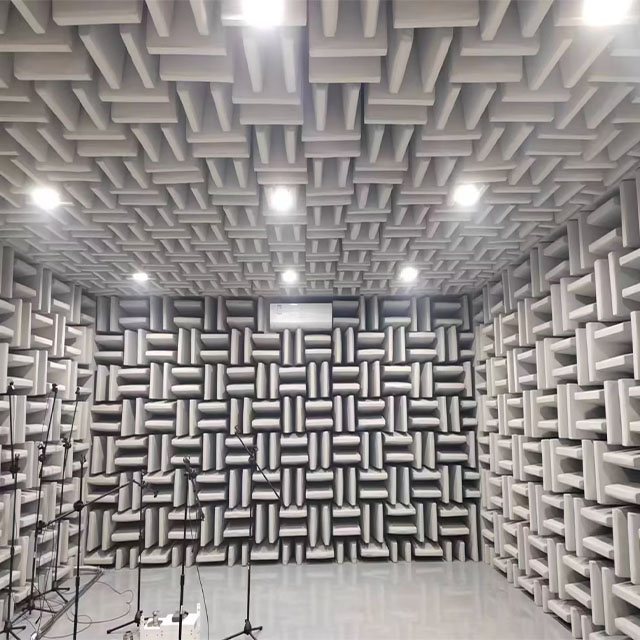1. For rooms with an area less than 30m in residences, schools, hospitals, hotels, office buildings and commercial buildings, select a measuring point in the room to be measured. The measuring point should be located in the center of the room.
2. For a room with an area greater than or equal to 30m but less than 100m, select 3 measuring points and the measuring points should be evenly distributed on the center line of the long direction of the room. When the room plane is square, the measuring points should be evenly distributed in the center parallel to the plane of the largest window. on-line.
3. For rooms with an area greater than or equal to 100m, the measuring points and number of measuring points that can represent the indoor noise level in the area can be optimized and selected according to the specific circumstances. The distribution of measuring points should be even and representative, and the measuring points should be distributed in the area where people move. For open offices, the measuring points should be arranged in the office area; for shopping malls, the measuring points should be arranged in the shopping area.
The layout of measuring points should comply with the following requirements:
1) The height of the measuring point from the ground should be 1.2m~1.6m.
2) The distance between the measuring point and each reflecting surface in the room should be greater than or equal to 1.0m.
3) The distance between each measuring point should be greater than or equal to 1.5m.
4) The distance between the measuring point and the noise source in the room should be greater than or equal to 1.5m.
Note: For crowded rooms, if the above measuring point conditions cannot be met, the distance between the measuring point and each reflecting surface in the room (excluding important sound transmission units such as windows) should be greater than or equal to 0.7m, and the distance between each measuring point The distance should be greater than or equal to 0.7m.
5) For the measurement of intermittent unsteady noise, the number of measuring points can be one, and the measuring point should be located in the center of the room.
6) When measuring indoor noise, there should be no one in the room (except testers). Measuring indoor noise in homes, schools, hotels, office buildings and commercial buildings should be done with doors and windows closed. When measuring indoor noise in a hospital, the room door should be closed and the room windows should be opened or closed based on the actual use of the room.
Measurement methods and data processing should comply with the following regulations:
1. For steady-state noise, measure the equivalent [continuous A-weighted] sound level for 5s to 10s at each measuring point. Measure each measuring point 3 times, average the energy of all the measured values of each measuring point, and calculate The result is rounded to a single digit.
2. For continuous unsteady noise with complex sound level changes over time, measure the equivalent [continuous A-weighted] sound level for 10 minutes at each measuring point. Perform energy averaging on all measured values at each measuring point, and round the calculation results to single digits.
3. For intermittent unsteady-state noise, measure the equivalent [continuous A-weighted] sound level for 20 minutes when the noise source emits dense sounds.
4. When building service equipment other than elevators is the main noise source affecting the indoor noise level, the indoor noise level shall be measured according to the steady-state noise measurement method when the building service equipment is in normal operation, and in accordance with this specification. Annex B provides for testing of structure-borne noise from building service equipment.

